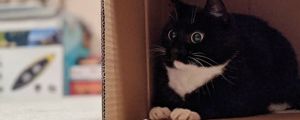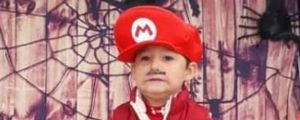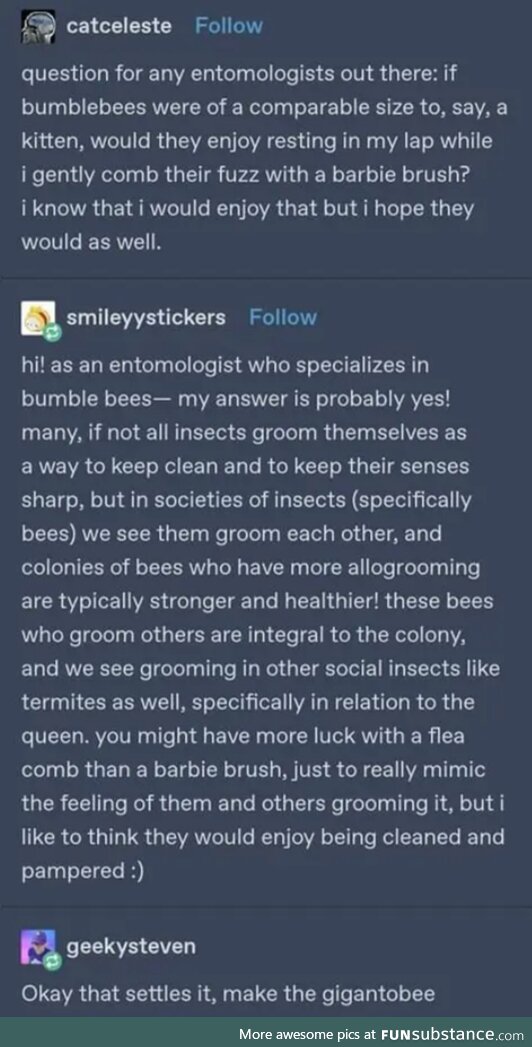Featured Posts

I wish I had a fort

The powerof positive thinking

NASA

Pray for Australia

Take care of each other

She has emerged

My soul feels so much better

I just ordered one. #Just2019HispanicThings

He really wanted his photo at the Halloween party, but was super scared of the spiders

The Only Thing More Contagious Than COVID19 Might Be This Fox's Smile
About
FAQ
Contact
Rules
Terms
Privacy
Feedback
Keyboard Shortcuts:
Previous Post · Next Post · + CTRL Skip Post
Previous Post · Next Post · + CTRL Skip Post
© 2025 FunSubstance · funny and entertaining pictures, memes, gifs & videos.



The first problem is oxygen. To get that huge, many or most “bugs” would need a very oxygen rich atmosphere. Earth may have supported that looong ago, but not for some millions of years perhaps.
The second problem is in how many “bugs” biology works- how their circulatory systems and digestive systems and such function. It may not seem to make sense but let’s put it another way- imagine increasing the size of a jet engine. You keep making it bigger and whatever aircraft you attach it to…
The other critical issue which relates to that concept is that most insects bodies don’t play well with physics at larger size. Ever notice how there tend to be many similarities between similar creatures, and between creatures of similar sizes?
conversely if you shrink a human down…. Say small enough to fit in another humans blood stream? How do they breath?
So it isn’t impossible at all- simply if one literally Turned a bee giant it might not work- but with any number of natural or man made scenarios in alignment- totally possible with perhaps only minor technical differences that aren’t of much concern to the experience. So dream on, and know those dreams could actually happen.